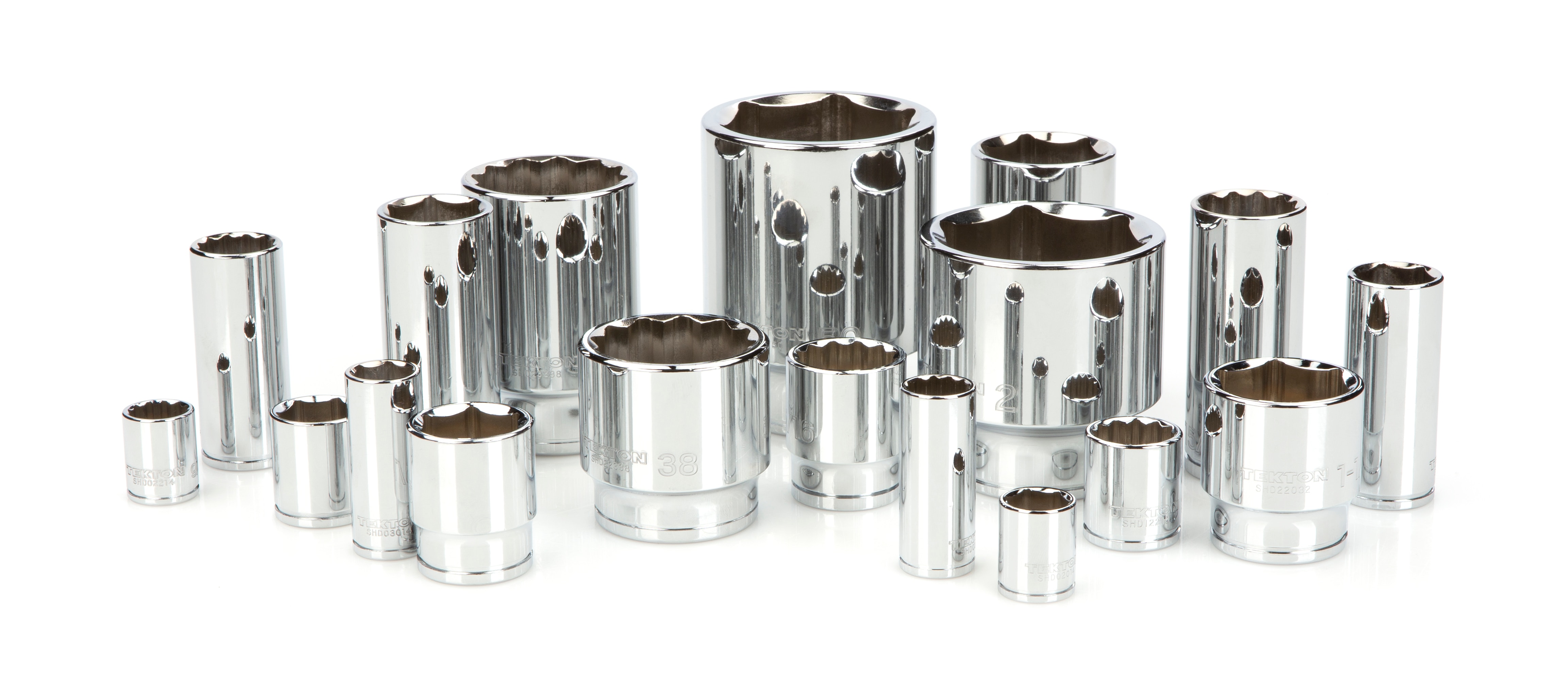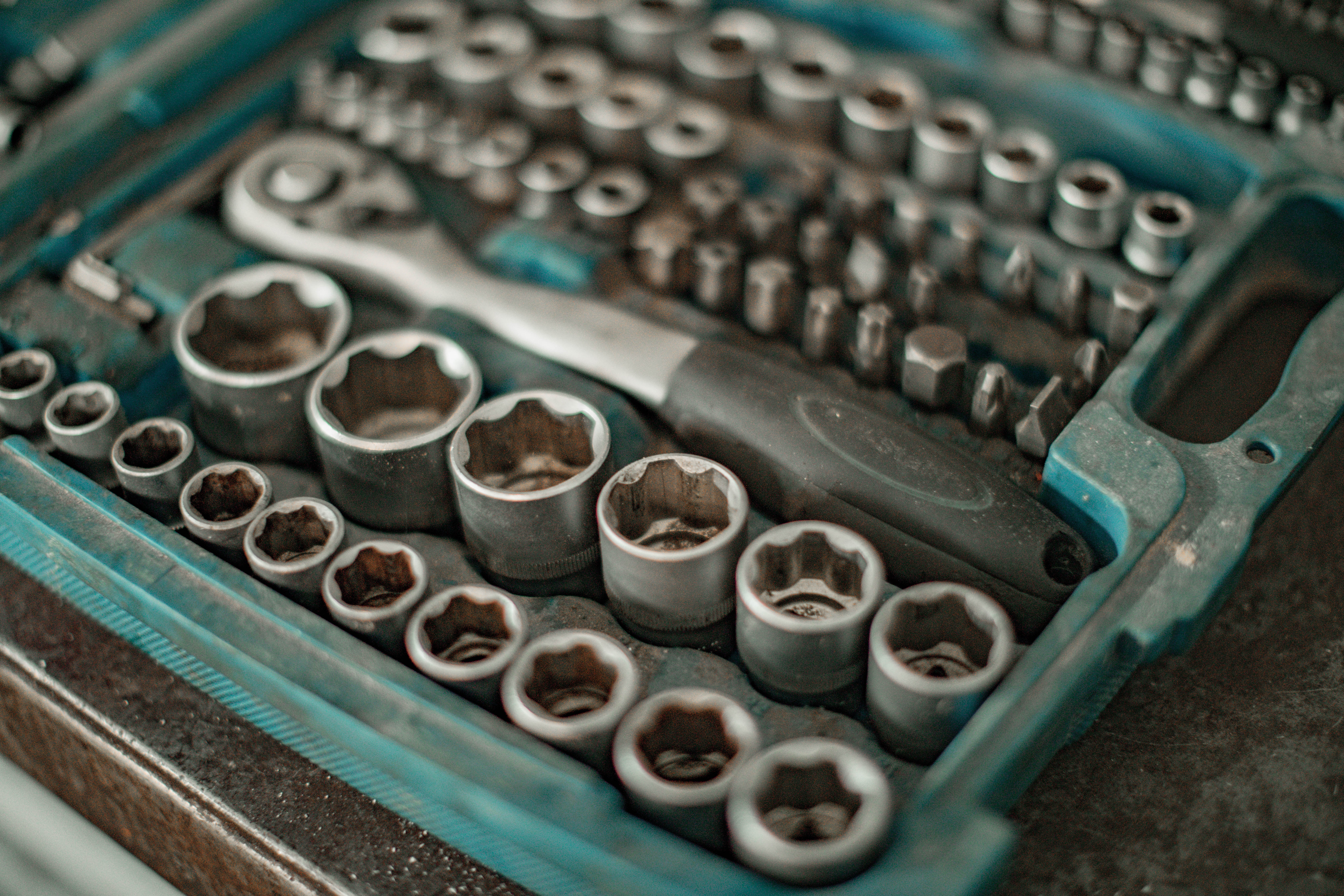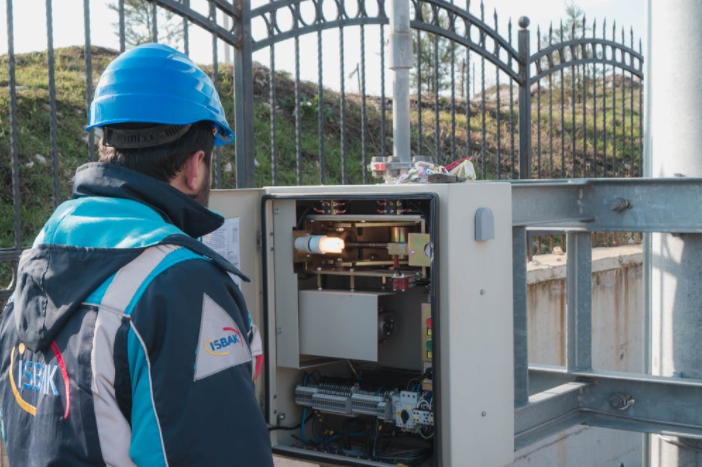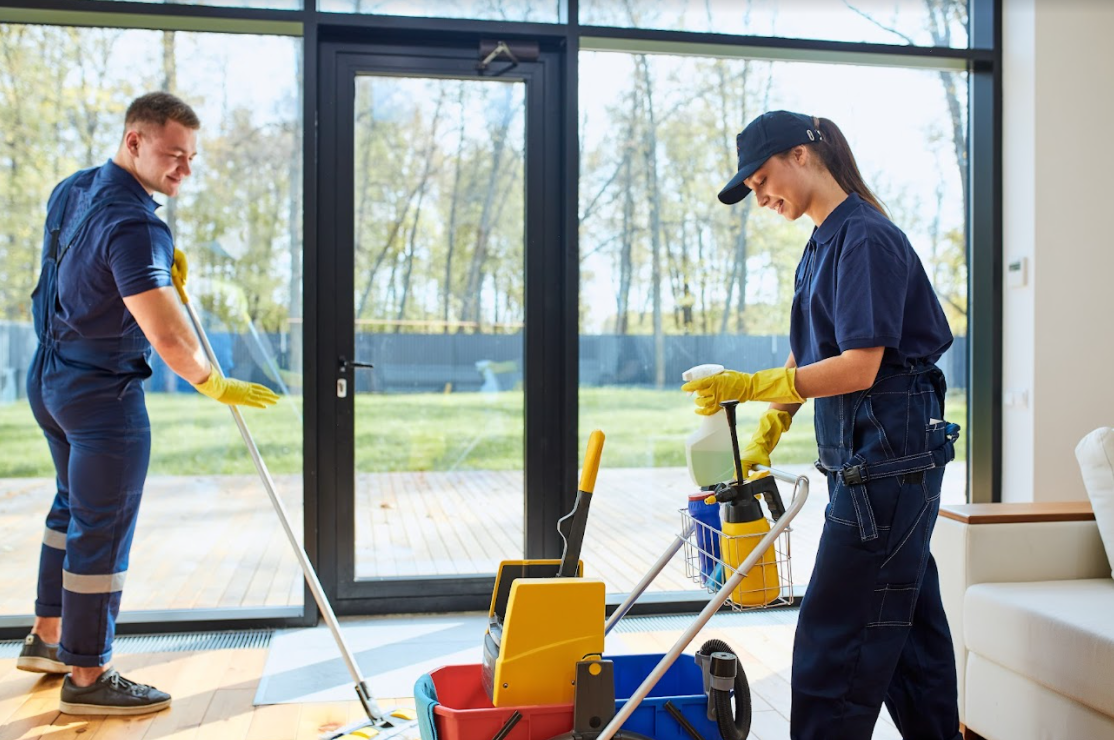What Is a Seal Washer?

If you fix things at home regularly, you should learn why having seal washers is an important part of your toolbox!
Silicone Rubber Sealing Washers
Metal washers are a crucial component used in carpentry, to better manage psi (pounds per square inch.) By distributing the weight load put on a fastener over a larger surface area, the integrity of a construction is improved. A pressure sealing washer is used in tandem with normal bolts and screws to create a fortified protective seal around the fasteners. Panova manufactures silicone rubber self-sealing washers that can fit standard, oversized, and eccentric holes. They also provide custom rubber solutions. Whether your project needs custom rubber molds or a unique sized sealing and locking piece, Panova’s team of engineers will work with you, to design a custom product with specific materials and dimensions to fit your parameters. Their rubber solutions team employ experienced engineers with specialized expertise who can solve any technical challenges your company may be having, with the design of fastening pieces or custom washer molds.
Panova’s standard material for their self-sealing and locking washers is carbon or stainless steel. Their self-sealing washers are commonly used to secure bolts, screws, and other fasteners on water pipes. The sealing elements used for the stainless steel rings protect the pipes and connections by providing a liquid-proof seal. These liquid-sealing pieces work similarly to vibration-damping washers. The soft material, that can absorb any vibration, can also seal out any water or dust. The silicone sealing element keeps out water and any other unwanted materials by fastening fully and tightly to the surface of an object. Similar to the way a neoprene diving suit seals out water to keep your body dry, the silicone rubber sealing elements creates a tight enough bond to protect your fasteners. Also like neoprene, the rubber is very durable and flexible.

Benefits of Self-Sealing Washers
Silicone self-sealing washers are superior to standard non-sealing pieces and rings that use different materials for sealing. It still provides metal-to-metal contact even with the rubber sealing element to provide water-proofing, along with torque control and a finished appearance. The stainless steel is durable enough to withstand external elements. The metal-to-metal contact prevents any loosening from occurring, while the sealing element can withstand tremendous amounts of pressure and act as a shock absorber for the fasteners. The stainless steal surrounds the rubber sealing to protect it from any outside damage while both elements work together to protect the integrity of the fastening and construction.

Silicone is a commonly used material because of it’s high oil and heat resistance, and is flexible and durable in several different environments. The temperature-resistant properties of silicone are truly what make it a stand-out material. It can withstand extremely high temperatures better than any other rubber material. Silicone is also capable retaining its typical functions in extremely low, below-freezing temperatures. It remains extremely flexible and resilient, even in the coldest temperatures, which is something that other types of rubber aren’t able to do. One potential downside to silicone is that it is slightly more prone to tearing than other types of rubber. This is why Panova designed their washers to protect the sealing element from any external damage.
Panova’s self-sealing pieces are not only exponentially more liquid and vibration-resistant than those of their competitors, they are also specially designed to be durable enough to work with vaccuums and high-pressure liquids and gases. Their one-piece construction is convenient and durable, and it works with any size of screws and bolts, regardless of whether they are standard or custom-made. These washers create a tight bond to protect your constructions from water, dust, oil, gases, and any other external contaminants. Standard pieces that don’t have sealing elements not only lack protective properties for your constructions, but they’re also more likely to loose their grip and bond with the fastener as contaminants leak through and external damage occurs.








Leave a Comment